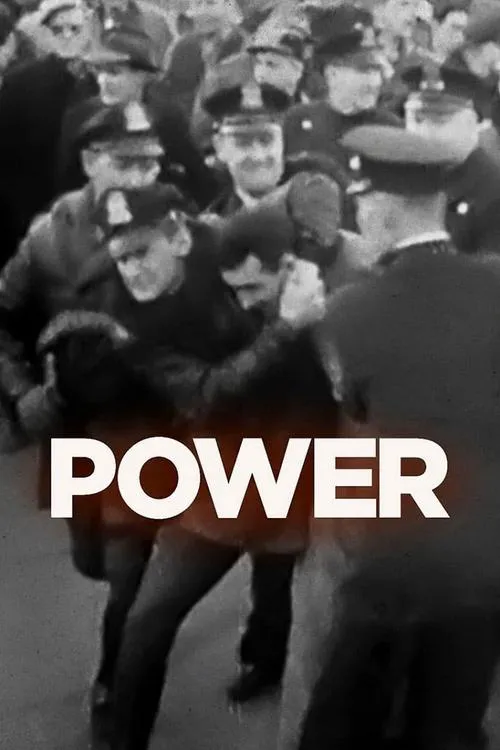Power

Plot
In the heart of America, a nation built on the principles of justice, freedom, and equality, a force has evolved to shape the very fabric of society. The American police force has grown from humble beginnings to become a behemoth, influencing the lives of millions and wielding an omnipresent power that is both revered and feared. This is a story about the transformation of policing, from a community-oriented institution to an instrument of control, ever-striving to maintain social order at any cost. The narrative begins with a glimpse into the 18th century, when American law enforcement was still in its formative stages. Local constabularies, comprised of volunteer or paid watchmen, patrolled the streets, aiming to prevent and respond to crimes. Their primary goal was to keep the peace and provide basic safety for the community. As the country expanded and urbanization accelerated, the need for organized law enforcement grew, giving birth to modern policing. By the mid-19th century, America had witnessed the introduction of professional policing, modeled after the London Metropolitan Police. The New York City Police Department (NYPD), established in 1844, marked the beginning of this new era. A force dedicated to upholding the law, enforcing community values, and responding to crimes, they paved the way for the nation's modern police departments. Policing was no longer a quaint local institution but a sophisticated organization with a clear mission and purpose. As the 20th century dawned, the American police force continued to evolve. Advances in technology, changes in societal attitudes, and shifting demographics all contributed to a more complex and nuanced policing landscape. The Prohibition era brought with it the rise of organized crime, and in response, policing became more proactive and aggressive. With the invention of radar and mobile radio, the era of speed policing and traffic enforcement began. The civil rights movement of the 1960s had a profound impact on American policing. Communities demanded greater accountability, and the push for reform accelerated. The emergence of community policing aimed to rebuild trust between law enforcement and the people they served. Officers began to focus on building relationships with local residents, addressing petty crimes, and engaging in social programs to combat youth crime and gang activity. However, this shift also came with significant challenges, including the need for specialized training and the requirement for officers to adapt to changing community dynamics. Throughout the 1980s and '90s, a different narrative began to unfold. The "War on Crime" and the "War on Drugs," led by government officials, transformed policing from a prevention-oriented approach to a more aggressive, law-enforcement-only philosophy. Mandatory minimum sentences and three-strikes laws were enacted, resulting in skyrocketing incarceration rates and a focus on punishment over rehabilitation. Policing became increasingly militarized, with SWAT teams, police helicopters, and ballistic shields becoming standard equipment. In the 21st century, policing's growth continued, with significant investments in information technology, surveillance, and crowd control measures. America's national security efforts post-9/11 expanded the role of law enforcement, incorporating domestic intelligence gathering, counterterrorism operations, and increased border control. Policing became deeply intertwined with homeland security, creating unprecedented levels of power and resources at the federal, state, and local levels. Amidst this power surge, concerns grew about police overreach and accountability. Racial disparities in policing, highlighted by the Black Lives Matter movement, raised questions about institutionalized racism and the use of force. Incidents of police brutality, mass arrests, and high-stakes surveillance sparked an ongoing national discussion about the limits of power and the definition of justice. The American policing landscape today mirrors the words coined by those who first shaped the institution: power. With over 18,000 agencies, more than 700,000 officers, a combined budget exceeding $100 billion, and an arsenal of advanced technologies, police have become an omnipresent force, influencing every aspect of American life. However, in the shadows lurk concerns about accountability, transparency, and community trust. Amidst this power struggle, it becomes clear that America's policing narrative is a never-ending story of growth, transformation, and the quest to define justice in the 21st century.
Reviews
Recommendations




